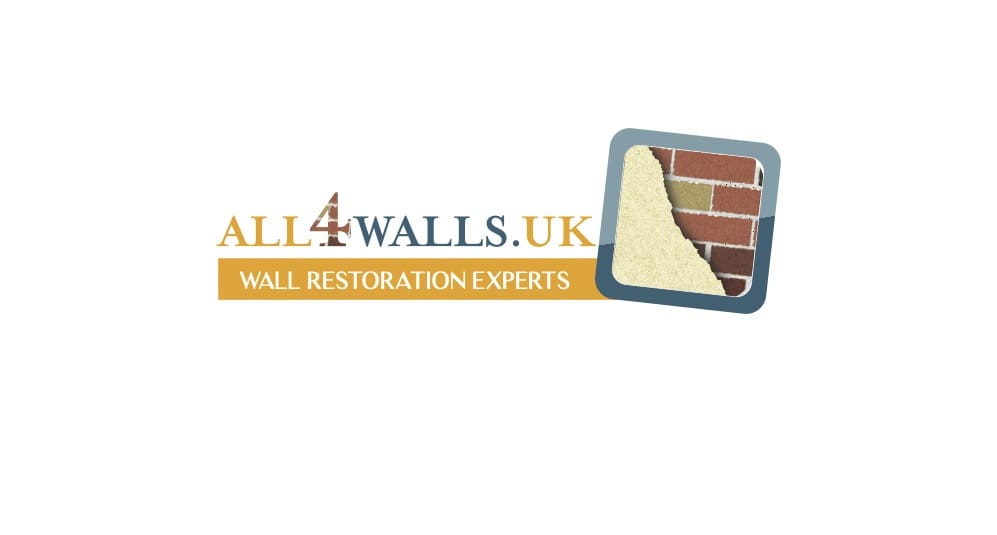
August 25, 2024
Drainage Remedies For Keeping Walls: Avoid Water Damages And Guarantee Architectural Integrity
Efficient Retaining Wall Drain Suggestions For Resilient Wall Without appropriate water drainage, water stress can accumulate behind the wall, resulting in potential damage to your landscape design tasks in your exterior area. This detailed overview checks out the best methods for preserving wall drainage remedies, guaranteeing your framework stands the test of time. The trick to an effective and resilient preserving wall surface is its reliable drainage layout. Because improperly draining soils seriously threaten the architectural stability of the majority of retaining wall surfaces, effective drainage services are essential. Smart water drainage systems make use of sensing units and automated controls to take care of water flow.Transform Your Keeping Wall Today With Garland Landscape
- One of the key purposes of maintaining wall surfaces is to avoid disintegration by keeping back dirt.
- In geotechnical engineering, this preemptive technique is considered "best practice" for preserving structural integrity and prolonging the lifespan of maintaining wall surface systems.
- This stress raises when water collects, as waterlogged dirt weighs even more and applies extra pressure on the wall.
- These sorts of retaining wall surface deterioration usually manifest as bowing or protruding, clear indicators of tension and displacement within the structure.
- This uniformity is essential for keeping security under differing lots and preventing deformation or protruding.
Creating The Wood Keeping Wall
Farming Like the Incas - Smithsonian Magazine
Farming Like the Incas.

Posted: Tue, 06 Sep 2011 07:00:00 GMT [source]
Significance Of Correct Water Drainage In Preserving Wall Surfaces: Avoiding Water Damages
Dealing with these elements is important for figuring out specific measures to make certain proper drain and avoid future problems compromising the wall's structural stability. Collecting the best materials is important for the effective installment of a timber keeping wall drain system. This includes top quality drainage pipelines, crushed rock, filter material, and other crucial parts. Utilizing resilient and reputable products ensures the system's effectiveness and long life, decreasing the requirement for constant repair work or substitutes. Water drainage plays a critical duty in keeping the architectural stability of a timber retaining wall surface. By funneling water far from the wall, you minimize the hydrostatic stress exerted on it. With thorough craftsmanship and a dedication to credibility, we achieve a resistant structure that honors its heritage. Effective restoration of reinforcement systems requires a precise deconstruction and analysis of the existing system's honesty and security. Our approach accepts a society of proactive upkeep, incorporating surveillance and prompt upgrades to extend the life expectancy of MSE wall surfaces. Minor displacements can swiftly escalate into significant failings otherwise attended to. This is especially real in areas with expansive soils that go through Visit the website increasing when damp and reducing when completely dry, and/or areas based on frost heave. Backfill the trench and cover the drain pipe with a layer of clean, coarse accumulation or water drainage stone. Proactive inspection programs and early detection of concerns are crucial for protecting against additional degradation. Geosynthetic supports, reconstruction of support systems, and correct water drainage are vital for restoring MSE wall surfaces and gabion walls. When it pertains to historical rock walls, stabilizing historic authenticity and structural competence is critical. Matching historic patterns and working together with historical cultures are crucial action in the remediation process. For advanced keeping wall surface modern technology, the GCS wall surface system supplies exceptional stability and resilience via bit arrest and precise compaction. Cry holes are small openings at the base of the wall surface that permit water to escape. These are necessary for correct wood maintaining wall drain as they eliminate hydrostatic stress and avoid water build-up. Proper positioning and spacing of weep openings make certain reliable water circulation and boost the wall's performance. In conclusion, constructing a concrete block retaining wall surface that stands solid versus the tests of time involves an extensive understanding of water drainage characteristics. Proper drainage is pivotal for the long life and effectiveness of any concrete keeping wall. Governing conformity makes sure that drain systems fulfill neighborhood and federal guidelines, safeguarding natural resources. Water build-up behind a keeping wall can cause substantial concerns, such as soil saturation. Saturated dirt increases the weight and stress on the wall surface, risking structural failure. Correct water drainage makes sure that water does not swimming pool behind the wall, maintaining soil stability and the wall's strength. Lasting materials, such as recycled plastics, supply eco-friendly services. They consist of a perforated pipe bordered by gravel, set up in a trench. This layout permits water to go into the pipe and move away from the preserving wall. The setup process consists of digging the trench, laying the pipe, and covering it with gravel.What is the best gravel for drainage behind a retaining wall surface?
Suggested Water Drainage Gravel and Filter Fabric for Preserving Wall Surfaces. When it involves drain rock, utilize an angular aggregate that''s free of penalties. For CornerStone 100 keeping walls, # 57 or ¾& #xbe; & #x 201d;(20mm) tidy crush water drainage gravel is recommended.

Social Links